Puppetry and Texture Part 3
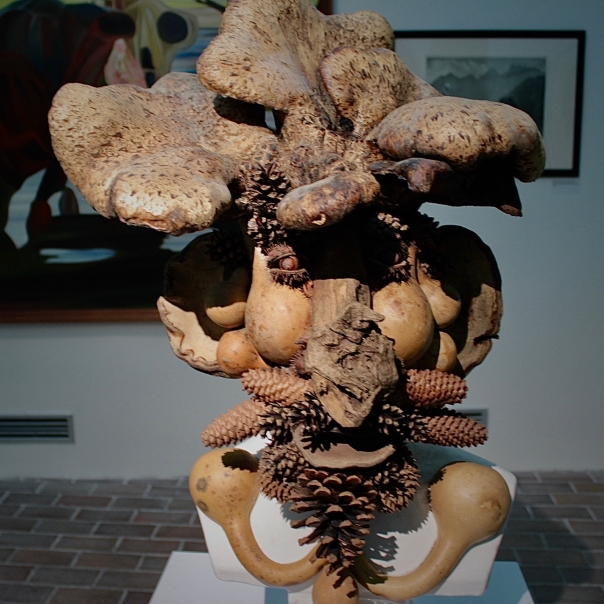
A tactile work of art by Jan Švankmajer made of resituated natural textures a la Arcimbaldo.
Read PART ONE Read PART TWO
And so I have been working to discover what other puppeteers think of this subject. One person I truly wanted to meet was Jan Švankmajer, whose work inspired Gravity From Above, my exploration of puppetry in Europe. His work is filled with textures, purposely distressed surfaces, rough fabrics, objects rendered impenetrable by his tampering with them. During the period when the Czech communists refused to allow him to make films he began to experiment with tactility, going as far as to make boxes that one put one’s hands into as portraits of individuals. His wife Eva never was able to put her hand into the box he made for her. These were not safe textures. Yet it shows his commitment to the tangible and tactile which informs all of his work.º
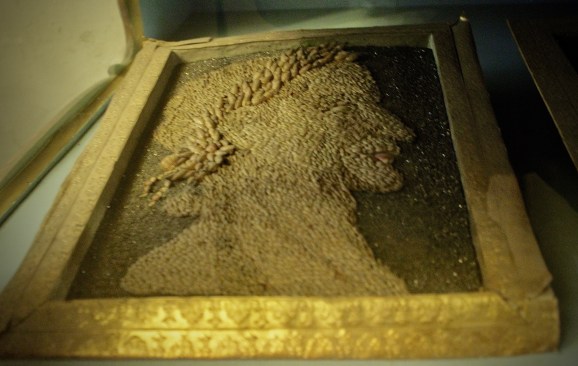
Hidden away in a lower shelf at the Strahov Monastery in Prague, a Baroque portrait made of seeds. Exactly the kind of thing that inspired Jan Švankmajer. In fact I would be willing to bet he found this long before I did.
Likewise the films of the Brothers Quay are filled with physical features that impede the rapid consummation of their art. And this emphasis on texture comes from their immersion into puppets and their connections with older puppet traditions like the Toone Marionette Theatre in Brussels and the early puppet films of Ladislas Starewitch. They also understand the importance of textures in life whether it be lacemaking or furniture. That somehow in ways we don’t fully understand we are fed by textures in a way that flat sterile surfaces cannot do.

A remarkably textured creature from the hands of the Timothy and Stephen Quay.
My interviews for Gravity From Above have led me to conclude that often puppeteers are more sensitive to these tactile worlds. They raise questions about the nature of digital representations versus the tangible realms of the puppet theatre. In discussing these things in Warsaw in 2012 with the late Polish puppet historian Henryk Jurkowski he told me that: “I think that this, what is on the screen, I mean on TV and on film also, it is not real: Puppetry is real. It’s a reality. And I believe that the puppet with this ambiguity of its existence and non-existence, belongs to my reality, to my world. I can invest some belief in it. I can play with it. I can admire it, but it’s something real. I can touch it. I can even touch it. I think that puppets, and some kinds of sculpture, are real. They are speaking to us. And we can, vice versa, answer.”*
Think of that reaction to puppetry as opposed to the kind of endless fanatical devotion that the products of big budget science-fiction films and video games engender. The puppet leads us into physical reality, the tactile four dimensional universe where things are affected by the passing of time. The puppet is completely mixed up with tactile reality. As Peter Schumann of Bread and Puppets wrote some years ago: “Puppet theater is does not only consist of things – it is overwhelmed by things and lives in this obsession. In its practices it knows the typical otherworldly qualities of things and in its productions it remains indebted to them. And indeed the soul of things does not reveal itself so easily. What speaks out of a puppet’s gesture is mostly uncontrollable and in any case not suited for the specific targeting with which modern audiences get bombarded.”§
Thus the puppet as a material object contains in its essence a contradiction to this world of endless digital imagery, of the flatness of the new commercial world to which we seemingly have little redress. That is why I have often said that puppetry is an antidote art, and antidote to the fixations of this strangely empty 21st Century. In a time when human communications have been reduced to ‘memes’, or to social media, what Jacques Ellul called horizontal propaganda, to multi-million dollar Hollywood blockbusters, to computer games where, as Alexis Blanchet wrote, “the player is only a puppet manipulating an avatar.”• The tactile, tangible, multidimensional puppet made of textures performed in real time offers a humble resistance to the epic spectacle of our age.
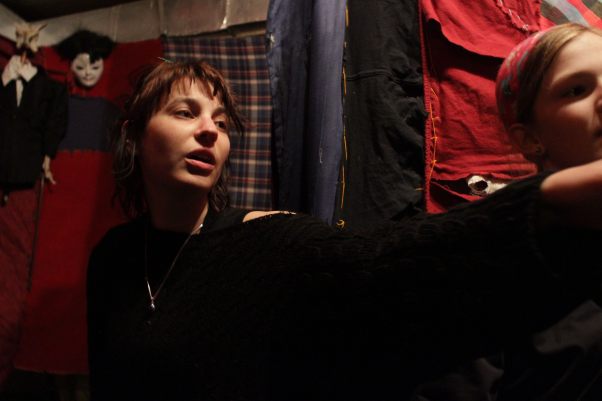
French marionnettiste Paulette Caron training young puppeteers in Alaska.
A younger French puppeteer, Paulette Caron, in discussing the issues related to this new virtual age: “But live performance is different! And you can go and see the same show twice, and it won’t be the same. You can feel the objects breathing. Actually seeing the tension inside of someone, between someone and the object, whether it be a puppet officially or not. What happens between the two? What happens inside the puppeteer? It’s something that you don’t really see on film, I think. Because you have a certain point of view that’s given to you. And your eyes aren’t free to focus on what the puppeteer will tell you to be focused upon.”*
And that ultimately is the question for today’s puppeteers. What will you focus upon? And what will the puppet mean in the 21st Century? Will it end up as one more digital obsession? Will it simply add to the arsenal of various propagandas? Or will the puppet point, as it naturally does, to the meaning of being an embodied creature in a world of real things?

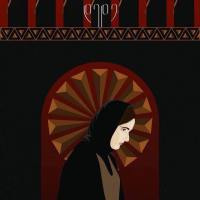
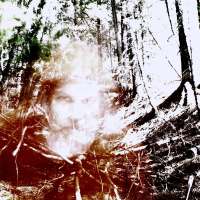






I always enjoy reading through these interesting and thoughtful missives. Thanks for putting the time into them.
November 18, 2019 at 3:32 AM
Interesting to find this site Byrne, and you in Georgia . Dunno if you remember, but I knew you slightly when I lived in Haines ’99-’02. I think I gave you my vinyl collection when I left. Since then, after travelling extensively for a couple of years, I settled in north India. I too do puppet shows, but not as artistic as yours, just some fun for children in remote villages. Am leaving in a few days for Bangladesh, performing at an orphanage and hospital. I’ve been to Georgia at least 3 times, love the place and will most certainly be back. How long are you there for?
January 17, 2020 at 6:10 AM
Hi Nancy. It’s been a while but I do remember you. At the time your last name would have not produced a tingle of Georgianess. But now! Glad you found this site. (Did you find the Gravity From Above site. (More Georgian stuff there. And I have three You Tube channels.) I have glad to have sparked your curiosity here. And if you ever pass through Tbilisi let me know.
January 17, 2020 at 9:34 AM